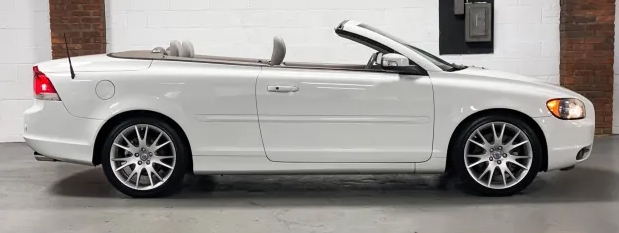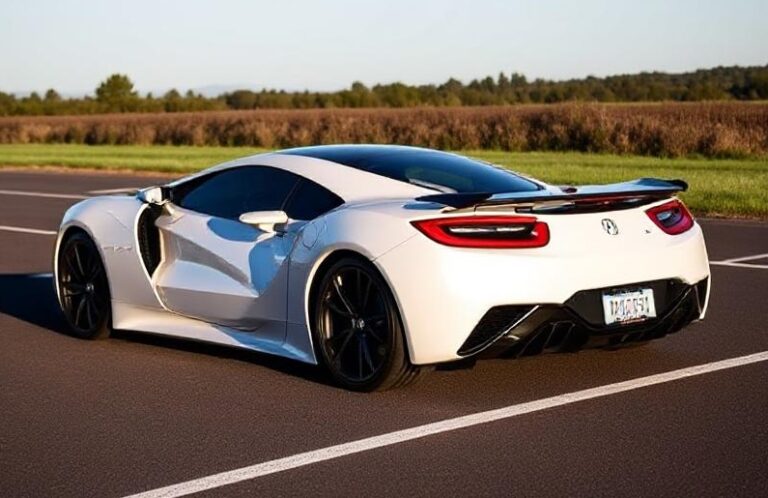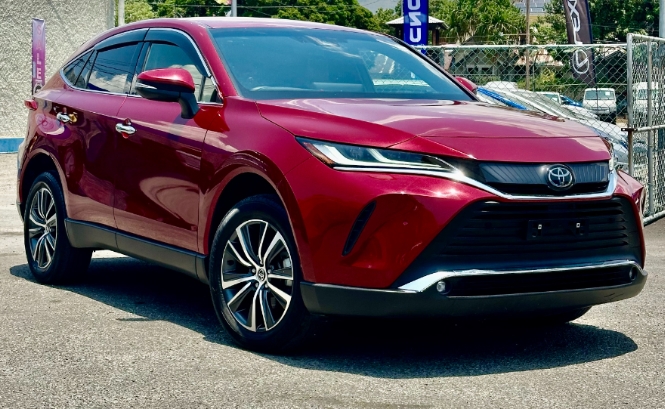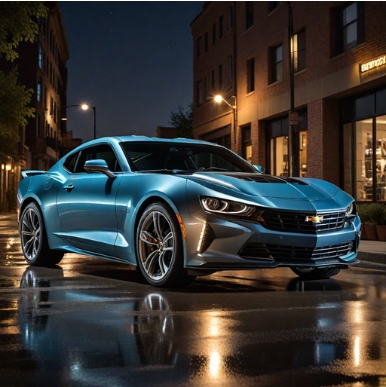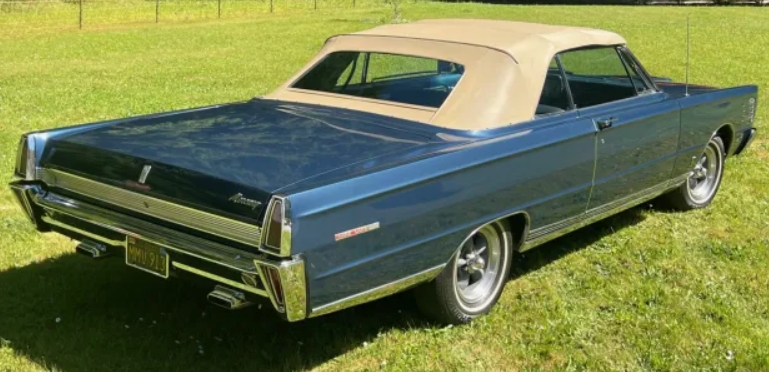The Evolution of the Volvo C70
The Volvo C70 stands as a notable example of Volvo’s commitment to blending safety, Scandinavian design, and versatility within a stylish coupe-convertible package. Over its production lifespan, the C70 evolved significantly, reflecting changing automotive trends, technological advancements, and consumer preferences. This article traces the comprehensive history of the Volvo C70, detailing its production years, model variations, trim levels, and key features.
Introduction to the Volvo C70
Launched in 1996, the Volvo C70 was conceived as a premium coupe-convertible designed to appeal to drivers seeking a blend of sporty aesthetics, open-air driving experience, and Volvo’s hallmark safety. The model was known for its distinctive design, innovative features such as the all-glass rear window, and a focus on comfort and security.
The C70’s lifecycle can be divided into two primary generations: the first (1996–2006) and the second (2006–2013). Each generation saw substantial updates in design, technology, and trim options, aligning with market demands and technological progress.
First Generation (1996–2006)
Development and Launch
The first-generation Volvo C70 was introduced at the 1996 Geneva Motor Show, marking Volvo’s entry into the premium coupe-convertible segment. Built on the Volvo P80 platform, it shared much of its underpinnings with the Volvo S70 and V70 models of the time. Production spanned a decade, with the model ending in 2006.
Design and Features
The first-gen C70 was characterized by its sleek, aerodynamic profile, a distinctive all-glass rear hatch, and a retractable soft-top roof that could be opened or closed in approximately 30 seconds. The soft-top was available in three colors and was operated via a switch inside the cabin.
Engines and Powertrain
Throughout its production, the first-gen C70 offered a range of turbocharged inline-4 engines, including:
- 2.0-liter Turbo (T4), producing approximately 180 horsepower.
- 2.4-liter Turbo (T5), producing around 236 horsepower.
- 2.3-liter turbocharged five-cylinder engines were also available in some markets.
Trim Levels and Features
Initially, the first-generation C70 was offered in several trim levels, which varied by market and model year. Common trims included:
- Base/Classic: Featuring standard equipment such as power windows, leather seats, and a premium audio system.
- SE: Added features like alloy wheels, upgraded audio, and additional interior comfort options.
- Luxe: Top-tier trim with features such as leather upholstery, climate control, and optional navigation systems.
Over the years, Volvo introduced packages that included sportier suspensions, premium audio, and luxurious interior options. The first-generation C70 was also notable for its safety features, including side-impact airbags, anti-lock braking system (ABS), and stability control.
Mid-Cycle Refresh (2003–2006)
In 2003, Volvo refreshed the first-generation C70, primarily updating the front and rear styling to align with Volvo’s newer design language. The update included:
- Redesigned headlights and taillights.
- New front grille and bumper design.
- Enhanced interior materials and updated infotainment options.
Engine options remained largely unchanged, though some markets received a 2.5-liter turbocharged five-cylinder engine.
Second Generation (2006–2013)
Introduction and Design
The second-generation Volvo C70 was unveiled at the 2006 Geneva Motor Show, representing a significant redesign. Built on Volvo’s P1 platform (shared with the S40 and V50), the new model emphasized modern styling, improved driving dynamics, and technological advancements.
The second-gen C70 featured a more contemporary, coupe-inspired silhouette with smoother lines, a more aerodynamic profile, and a retractable hardtop roof that could be operated at speeds up to 30 mph, enhancing convenience and security.
Production and Market Position
Produced from 2006 until 2013, the second-generation C70 marked Volvo’s commitment to delivering a stylish, sporty convertible with a premium feel.
Engine Options
The second-gen C70 offered a broader range of engines, including:
- 2.0-liter turbocharged four-cylinder engines, producing from 145 to 220 horsepower.
- 2.5-liter turbocharged five-cylinder engines, producing up to 250 horsepower.
- Diesel variants: 2.0-liter and 2.4-liter turbo diesels for European markets, with outputs ranging from 136 to 175 horsepower.
Trim Levels and Features
Initially, the second-generation C70 was available in several trims, often designated as:
- Base: Featuring standard luxury and safety features.
- SE: Added upgraded interior materials, larger wheels, and premium audio.
- Sport: Included sportier suspensions, bigger wheels, and exterior styling enhancements.
- Luxe/Executive: Top-tier trims with leather upholstery, navigation, premium audio systems, heated seats, and advanced safety features like adaptive cruise control.
Throughout its production, Volvo offered packages such as the Premier Package, which added features like a premium sound system, leather seats, and advanced safety tech.
Technological Innovations
The second-gen C70 introduced several technological features, such as:
- Volvo’s City Safety system (available in later years).
- Adaptive cruise control.
- Bluetooth connectivity.
- Improved infotainment systems with navigation options.
- Power-folding hardtop roof with insulation options for noise reduction.
.
THIS is GOOD stuff if your car is in need:

.
Special Editions and Model Variations
Throughout its production, Volvo released special editions of the C70 to commemorate milestones or enhance appeal:
- Inscription and R-Design trims: Introduced in later years, these versions offered sportier styling and unique interior treatments.
- Limited editions: Such as the “Black Design” edition, featuring exclusive paint and trim details.
- Special packages: Like the Climate Package, Premium Package, and Technology Package, offering added convenience and safety features.
The End of Production and Legacy
Volvo ceased production of the C70 in 2013, with its role gradually taken over by the Volvo S60 and V60 convertibles, which were discontinued shortly after. The C70’s legacy lies in its pioneering design of the hardtop convertible, its commitment to safety, and its Scandinavian blend of style and practicality.
Key Highlights of the C70’s Evolution:
- 1996–2006 (First Generation): Introduction of the soft-top coupe-convertible, built on the P80 platform. Focused on safety, comfort, and style.
- 2003–2006: Mid-cycle refresh with styling updates and interior enhancements.
- 2006–2013 (Second Generation): Transition to a hardtop convertible with modern design, advanced technology, and more powerful engine options.
Conclusion
The Volvo C70’s evolution underscores Volvo’s dedication to innovation, safety, and design in the premium convertible segment. From its inception as a soft-top model with a focus on safety and comfort, to its later incarnation as a stylish hardtop with advanced features, the C70 reflected changing automotive trends and customer tastes. Although production ended in 2013, the C70 remains a beloved model among enthusiasts for its unique blend of Scandinavian elegance and practicality, leaving a lasting mark in Volvo’s history of automotive excellence.
